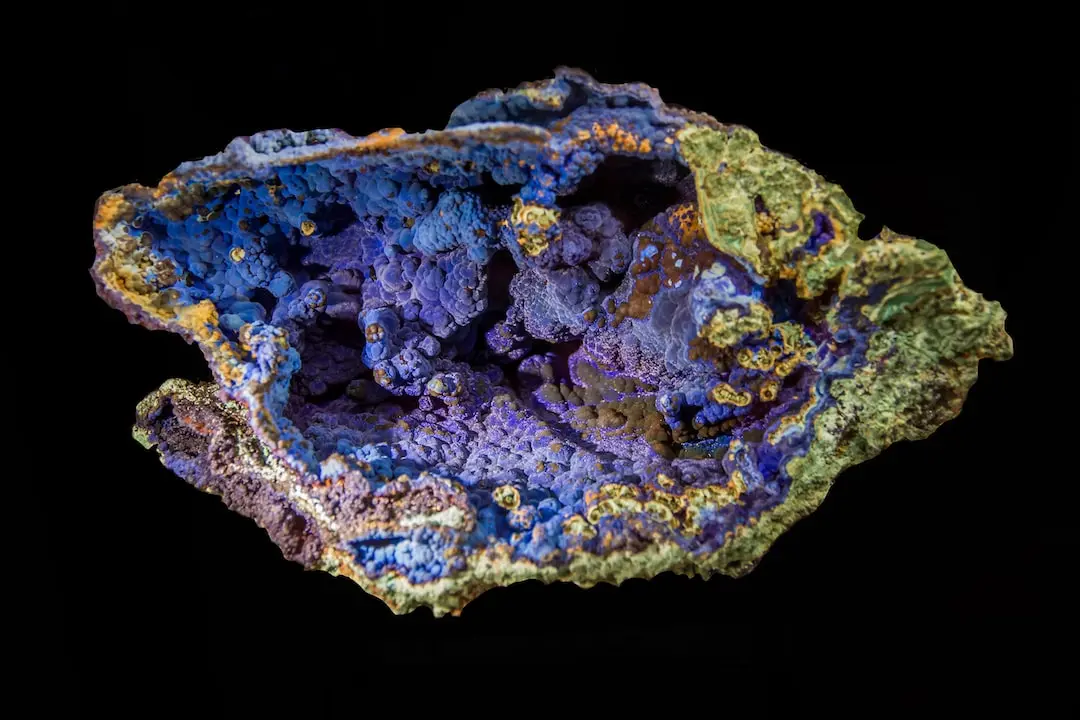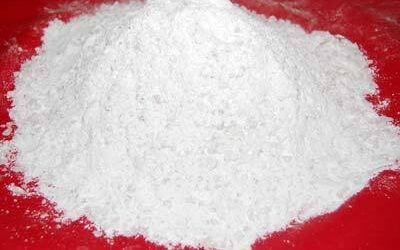

Rumming Mass Powder
2500.00 – 5000.00 INR/Ton
Product Details:
- Industrial Application .
- Available in Powder and Grains.
- Color : White
- Supply Ability : 2000 Ton Per Month
- Packaging Details : 50 KG BAG .
Price And Quantity
- Minimum Order Quantity 20 Ton
- Price Range 2500.00 – 5000.00 INR/Ton
Trade Information
- Payment Terms : Cash in Advance / Credit / LC Basis.
- Supply Ability: 2000 Ton Per Month
- Delivery Time : 1 Week
- Sample Available : Yes
- Packaging Details : 50 KG BAG .
Product Description
It is prepared with great precision using modern techniques and quality materials. Corrosion resistant with a high level of thermal stability, it offers maximum output and last longer.
Ramming mass is used in various industrial places for manufacturing of many refractory materials. It can be used in lining of iron, lining the trough of blast furnaces, lining of induction furnaces, used as insulation for rapid drying
Ramming mass for your industrial applications are offering the best variety here. Depending on your requirements, you can choose one or more types of ramming mass from the choices of acidic, basic, induction furnace. One of these is premixed with binder.
The acidic version finds use in the lining of induction furnaces. Also all types of ramming mass have an improved quality of lining, which helps in ensuring the smooth operation of furnace along with improved metallurgical control.
Also, available in a premixed form allows lesser wastage, consistent and longer lining and patching life. With ensured purity and effectiveness, its tested quality provided the best of results. Ramming mass is prepared using quality components and other raw material as per the industrial set standards and norms with great precision. The even and regular granule of the powder are appreciated by the clientele of the company.
Features of Ramming Mass:
1) Consistent and evaluated lining and life.
2) Makes sure the wastage is minimum.
3) Blending is perfect due to the fine granules.
4) Perfect thermal stability.
Material Storage of Ramming Mass
Our Ramming Mass is categorized and stored in a segregated manner along with proper labeling. Ramming Mass should be stored in a cool, dry environment, protected against moisture and chemical agents.
Shelf Life : The shelf life of Ramming Mass varies from 1-2 years, depending on the purity and storage environment
Note : All information given here was formulated from sourced test reports and external references. The buyer could ideally test a sample before confirming bulk orders. Since the product is derived from a naturally-sourced processed mineral, the purity will vary by a factor of ± 5%.